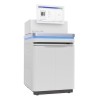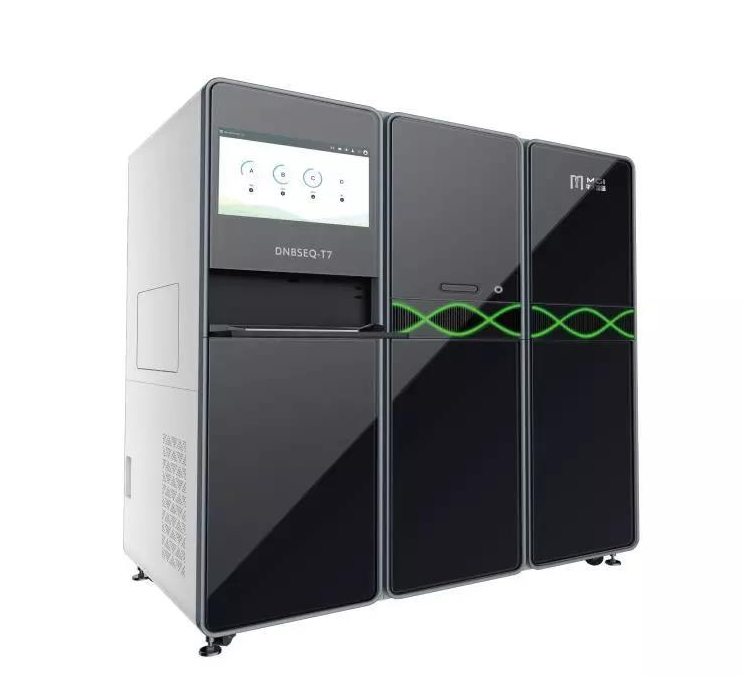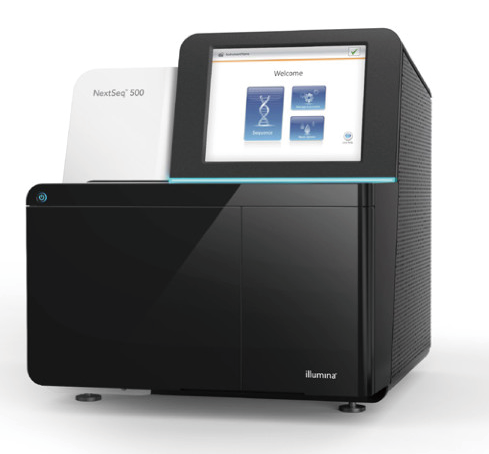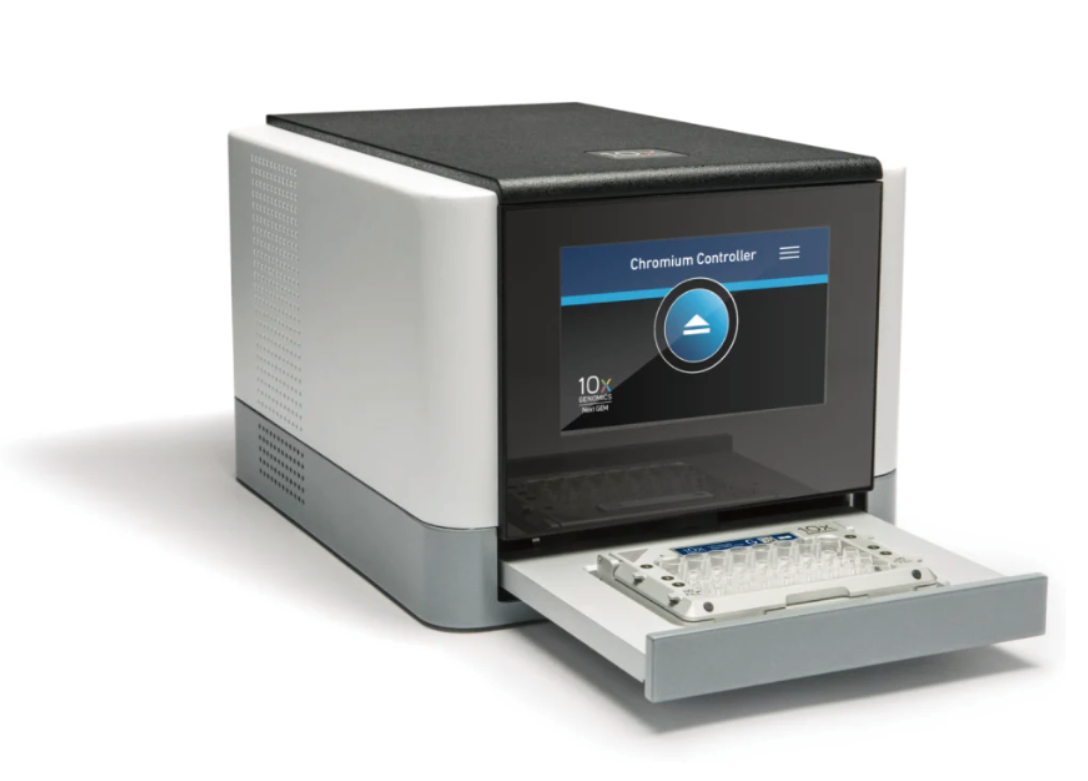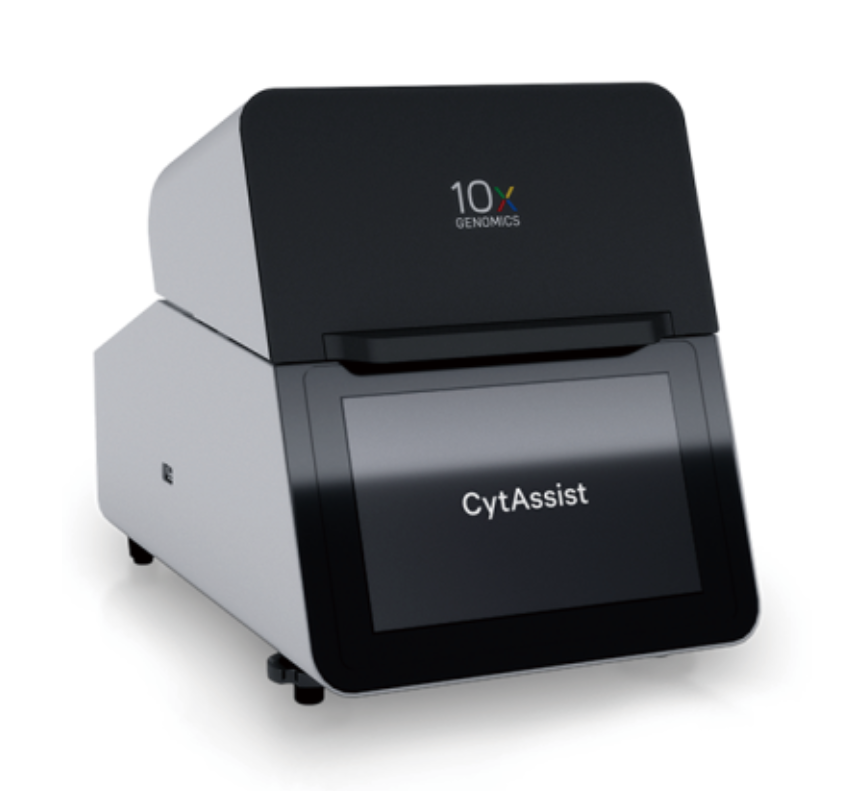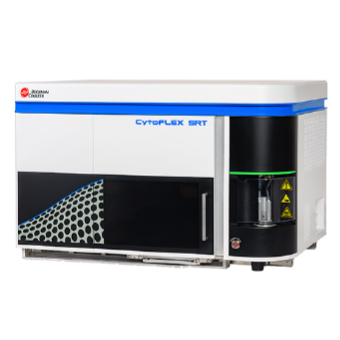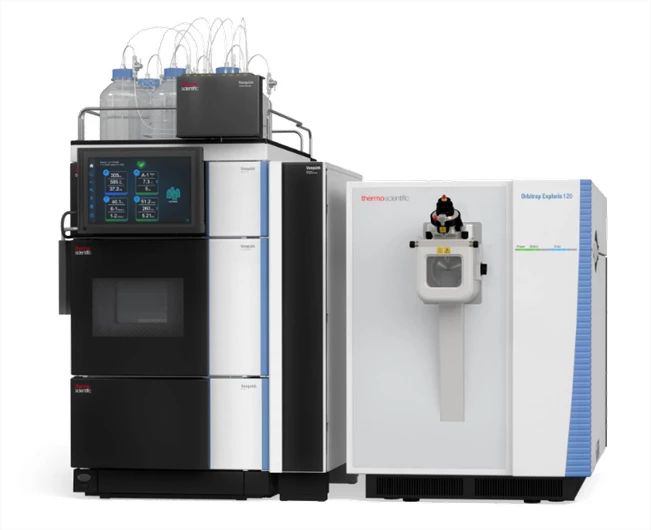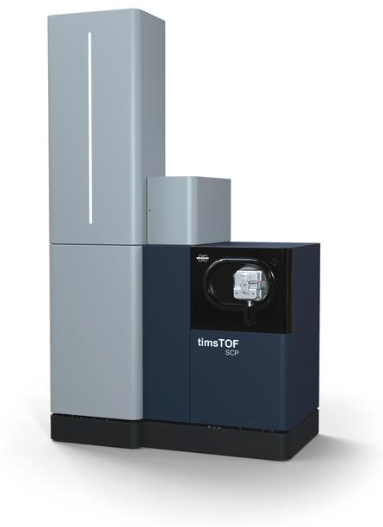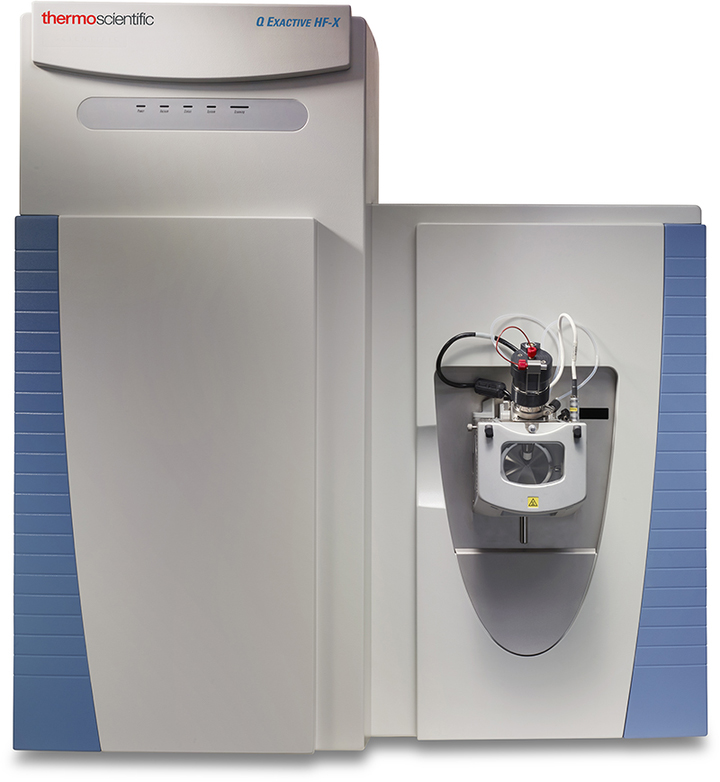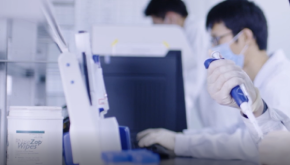The second generation sequencing platform, represented by Illumina, has the advantages of large amount of sequencing data and low cost, and can provide high coverage data for genome sequencing. However, the platform has the characteristics of reading length and GC preference, so it is difficult to cross the repeat sequence region and high GC content region. The third generation sequencing platform, represented by PacBio RS II and sequel platforms, has the advantages of long reads (average reads length > 10 KB), fast sequencing (short running time, single SMRT cell running time is 2-6 hours), high throughput (average each SMRT cell generates ~ 8G of effective data), no GC preference, detection of base modification information (including methylation modification), and no PCR bias (do not need PCR amplification, avoid the heterogeneity of sequencing coverage) and other characteristics, especially suitable for the de novo sequencing of animal and plant genomes. According to the characteristics and complexity of the genome of species, Personalbio will scientifically design the sequencing experiment scheme, and reasonably use multiple platforms together, which can not only solve the sequencing problem of complex genome, ensure the quality of genome sequencing, but also take into account the budget of the experiment project.



